Home>Dining>Events & Etiquette>How To RSVP To A Dinner Invitation
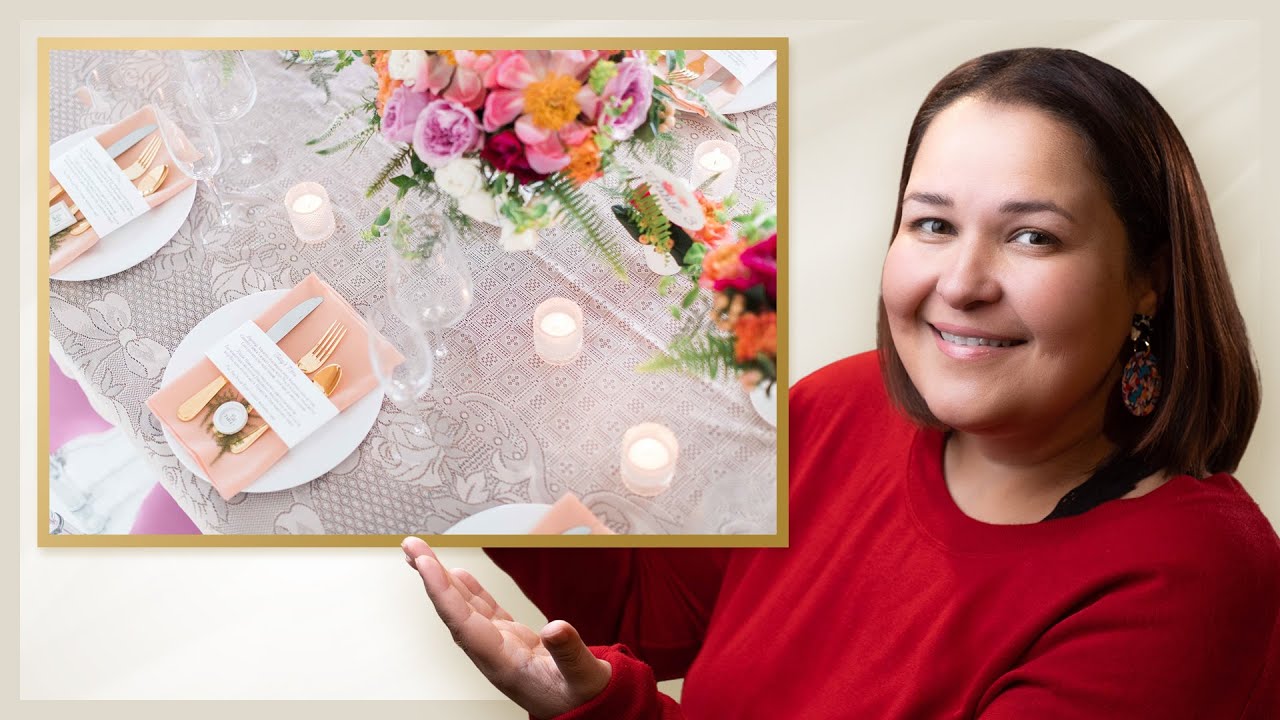

Events & Etiquette
How To RSVP To A Dinner Invitation
Modified: January 4, 2024
Learn the proper event and etiquette for responding to a dinner invitation with our step-by-step guide on how to RSVP. Simplify the process and ensure you don't miss out on this special occasion.
(Many of the links in this article redirect to a specific reviewed product. Your purchase of these products through affiliate links helps to generate commission for Storables.com, at no extra cost. Learn more)
Introduction
Receiving a dinner invitation is always an exciting moment. It’s an opportunity to enjoy good food, connect with friends or colleagues, and create lasting memories. However, the first step in attending any event is to RSVP. A well-executed RSVP not only shows your respect for the host but also helps them plan and prepare for the gathering.
In this article, we’ll delve into the art of RSVPing to a dinner invitation with grace and etiquette. We’ll guide you through each step, ensuring that you respond promptly, express gratitude, and provide any necessary details that may be needed by the host. So, let’s dive in and discover how to flawlessly RSVP to a dinner invitation.
Key Takeaways:
- Promptly respond to dinner invitations with gratitude and proper etiquette. Review the details, express availability, and communicate dietary needs to ensure a seamless and enjoyable dining experience for all guests.
- Double-check your RSVP before sending to ensure accuracy and clarity. Show genuine gratitude and excitement, and communicate dietary restrictions clearly to help the host plan and prepare for a delightful dinner event.
Read more: How To Cancel A Dinner Invitation
Step 1: Review the invitation
The first step in RSVPing to a dinner invitation is to carefully review the invitation itself. Take the time to read through all the details provided, such as the date, time, and location of the event. Pay attention to any specific instructions or requests mentioned in the invitation.
Additionally, look for any indications regarding the dress code or theme of the dinner. This will help you plan your outfit accordingly and ensure that you fit in seamlessly with the ambiance of the event. If the invitation includes a plus-one option, carefully consider if you will be bringing a guest and if the event allows for it.
It’s crucial not to overlook any details mentioned in the invitation, as they may impact your response and the way you plan for the evening. By reviewing the invitation thoroughly, you will have a clear understanding of what is expected of you as a guest.
Step 2: Determine your availability
Once you have reviewed the invitation and understood the event details, the next step is to determine your availability. Check your calendar to see if you have any conflicting commitments on the date and time mentioned in the invitation.
Consider your schedule and any other prior obligations you may have. Determine if you can comfortably attend the dinner without feeling rushed or overwhelmed. It’s important to be realistic about your availability and ensure that you can fully commit to the event.
If you are unsure about your availability, take some time to think it over before making a decision. Consider the importance of the gathering, your relationship with the host, and any other relevant factors that may influence your decision. It’s better to provide a definite answer rather than keeping the host waiting for your response.
If you are available and interested in attending the dinner, proceed to the next step. If not, it’s courteous to decline the invitation promptly to allow the host to make alternate arrangements if needed.
Step 3: Respond promptly
One of the key elements of proper RSVP etiquette is responding to the dinner invitation promptly. Time is of the essence, as the host needs to plan and prepare for the event accordingly. Aim to send your response within a reasonable timeframe after receiving the invitation.
In today’s digital age, it’s common to receive invitations through email or online platforms. If that’s the case, a timely email or online response is sufficient. However, if you receive a physical invitation, it’s considerate to respond using the same medium. You may choose to send a handwritten note or use the provided RSVP card.
When responding, be clear and concise in your communication. Express your appreciation for the invitation, state your decision to attend or decline, and if necessary, provide any additional information requested in the invitation. If you need more time to make a decision, politely inform the host and provide a specific timeframe to follow up with your response.
When replying, pay attention to the manner in which the invitation was addressed. If it was a formal invitation using titles and surnames, respond in a respectful and formal tone. Conversely, if the invitation was more casual and addressed by first names, you can adopt a more relaxed and informal approach in your response.
Remember, responding promptly shows your consideration for the host’s efforts in organizing the dinner and helps them finalize preparations. It’s always better to RSVP sooner rather than later.
Step 4: Use proper etiquette
When RSVPing to a dinner invitation, it is essential to adhere to proper etiquette. This ensures that you show respect and appreciation for the invitation while maintaining a harmonious and enjoyable atmosphere for all guests. Here are some etiquette guidelines to keep in mind:
- Respond in the same format as the invitation. If the invitation was formal, respond in a formal manner. If it was casual, you can respond in a more relaxed tone.
- Address the host appropriately. Use their preferred title and surname if the invitation indicated so. If you are close to the host, you may use their first name, but always err on the side of formality.
- Express your gratitude for the invitation. Take a moment to thank the host for including you in their dinner plans. A simple sentence expressing your appreciation goes a long way.
- Avoid using generic responses. Personalize your RSVP by including specific details or memories you have with the host or sharing your excitement about the upcoming gathering.
- If you are declining the invitation, do so graciously. Offer a sincere apology for not being able to attend, and if appropriate, provide a brief explanation for your absence. Avoid being vague or making excuses.
- If you are bringing a guest, clearly state their name. This helps the host with planning seating arrangements and ensuring that they can accommodate all guests comfortably.
- Keep your response concise and to the point. Avoid going into unnecessary details or making the host read a lengthy response. A polite and well-worded message will suffice.
By using proper etiquette in your RSVP, you demonstrate your thoughtfulness and consideration towards the host. Your response sets the tone for the event and contributes to a positive and respectful atmosphere.
When RSVPing to a dinner invitation, respond promptly and clearly with your acceptance or regrets. Include any dietary restrictions or preferences to help the host plan accordingly.
Read more: How To Accept A Dinner Invitation
Step 5: Provide any necessary dietary restrictions or preferences
As a guest, it’s essential to communicate any dietary restrictions or preferences you may have to the host when RSVPing to a dinner invitation. This allows the host to plan the menu accordingly and ensure that all guests can enjoy the meal without any concerns or discomfort. Here’s how to effectively communicate your dietary needs:
- Read the invitation carefully. Some hosts may provide a section specifically asking for dietary restrictions or preferences. If that’s the case, follow the instructions provided.
- If the invitation does not mention dietary considerations, and you have specific restrictions or preferences, it’s considerate to inform the host proactively.
- Be specific about your dietary needs. Clearly state if you have any allergies, intolerances, or lifestyle choices (e.g., vegetarian, vegan, gluten-free, etc.). Provide as much detail as possible to avoid any confusion.
- If your dietary restrictions are severe or uncommon, you may want to offer suggestions or alternatives that the host can consider when planning the menu.
- Express your appreciation for the host’s efforts in accommodating your dietary needs. Acknowledge that you understand the extra steps they may need to take and assure them that you are flexible and grateful for their consideration.
By communicating your dietary restrictions or preferences clearly and in a timely manner, you help create a pleasant dining experience for everyone. This allows the host to plan and prepare a meal that caters to the needs of all guests, ensuring that everyone can enjoy the dinner to the fullest.
Step 6: Express gratitude and excitement for the invitation
When RSVPing to a dinner invitation, it is essential to express your genuine gratitude and excitement for being included in the event. Showing your appreciation not only acknowledges the effort the host has put into organizing the gathering but also creates a positive and welcoming atmosphere. Here are some tips on how to express your gratitude and excitement:
- Begin your RSVP with a heartfelt expression of thanks. Let the host know how grateful you are for the invitation and how honored you feel to be included in their dinner plans.
- Share your excitement for the upcoming event. Mention that you are looking forward to the opportunity to connect with others, enjoy good food, and create memorable moments together.
- If you have attended previous events hosted by the same individual, briefly recall a positive experience or memory from those gatherings. Letting the host know that you have enjoyed their hospitality in the past adds a personal touch to your response.
- Avoid generic statements or cliches. Instead, be specific in your gratitude and excitement. For example, you could mention your anticipation of trying a particular dish the host is known for or your excitement to see certain friends or colleagues who will be attending.
- Use enthusiastic and positive language to convey your emotions. Words like “thrilled,” “delighted,” or “eager” can help showcase your genuine enthusiasm for the event.
- Keep your gratitude and excitement balanced. Avoid excessive praise or over-the-top expressions that may come across as insincere. Instead, aim for a warm and genuine tone.
By expressing your gratitude and excitement, you not only show your appreciation for the invitation but also contribute to the overall positive energy of the gathering. Your genuine enthusiasm will be contagious and help set the tone for a delightful and enjoyable dinner.
Step 7: Double-check your response before sending
Before finalizing your RSVP and sending it to the host, it is crucial to double-check your response to ensure accuracy, clarity, and proper etiquette. This final step helps avoid any misunderstandings or mistakes that may occur. Here’s what to consider when reviewing your response:
- Review the details: Confirm that you have included the correct date, time, and location of the event in your response. Make sure there are no errors or discrepancies that could cause confusion.
- Check your tone: Ensure that your response adheres to the appropriate level of formality or informality, depending on the nature of the invitation. Review your language and tone to make sure they align with the host’s style and expectations.
- Proofread for errors: Read through your RSVP for spelling, grammar, and punctuation mistakes. A well-written and error-free response reflects positively on your attention to detail and respect for the host.
- Verify your dietary information: If you have provided any dietary restrictions or preferences, confirm that you have communicated them accurately. This allows the host to accommodate your needs adequately.
- Check for completeness: Ensure that you have addressed all the necessary points, such as expressing gratitude, confirming your attendance or regrets, and offering any additional information requested in the invitation.
- Consider the timing: Double-check that you are sending your response within a reasonable timeframe after receiving the invitation. Avoid unnecessary delays and respond in a timely manner.
By taking the time to review your response before sending it, you demonstrate your commitment to being a conscientious and considerate guest. This final step helps ensure clear communication and contributes to a smooth and well-organized dinner event.
Conclusion
RSVPing to a dinner invitation is an important aspect of event etiquette. It allows hosts to plan and prepare accordingly while showing respect and gratitude for their invitation. By following the steps outlined in this article, you can ensure a flawless and seamless RSVP process.
Start by thoroughly reviewing the invitation and understanding all the event details, including the date, time, and any specific instructions or requests. From there, determine your availability and respond promptly. Promptness not only demonstrates your consideration for the host but also helps them finalize their preparations.
Using proper etiquette in your response is crucial. Address the host appropriately and express your genuine gratitude for the invitation. If you have dietary restrictions or preferences, communicate them clearly and promptly to allow for proper accommodation.
Before sending your response, double-check it for accuracy, clarity, and proper etiquette. Review the details, tone, and any additional information provided to ensure a well-crafted and error-free response.
Remember, RSVPing to a dinner invitation is more than a mere formality. It sets the tone for the event and shows your commitment to being a considerate and respectful guest. By following these steps, you can make the RSVP process easy, pleasant, and enjoyable for both yourself and the host.
So, the next time you receive a dinner invitation, put these steps into practice and confidently RSVP with grace and etiquette. Show your appreciation, communicate effectively, and prepare to enjoy a wonderful evening of delicious food, great company, and lasting memories.
Frequently Asked Questions about How To RSVP To A Dinner Invitation
Was this page helpful?
At Storables.com, we guarantee accurate and reliable information. Our content, validated by Expert Board Contributors, is crafted following stringent Editorial Policies. We're committed to providing you with well-researched, expert-backed insights for all your informational needs.
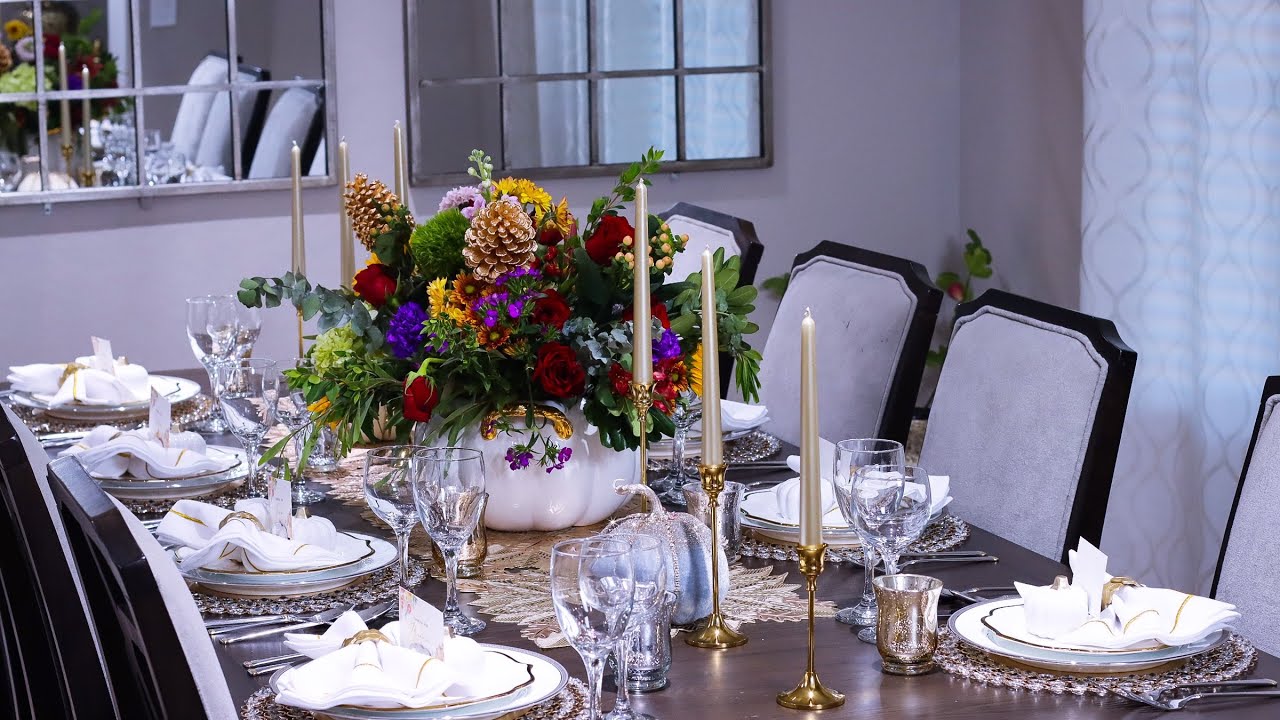
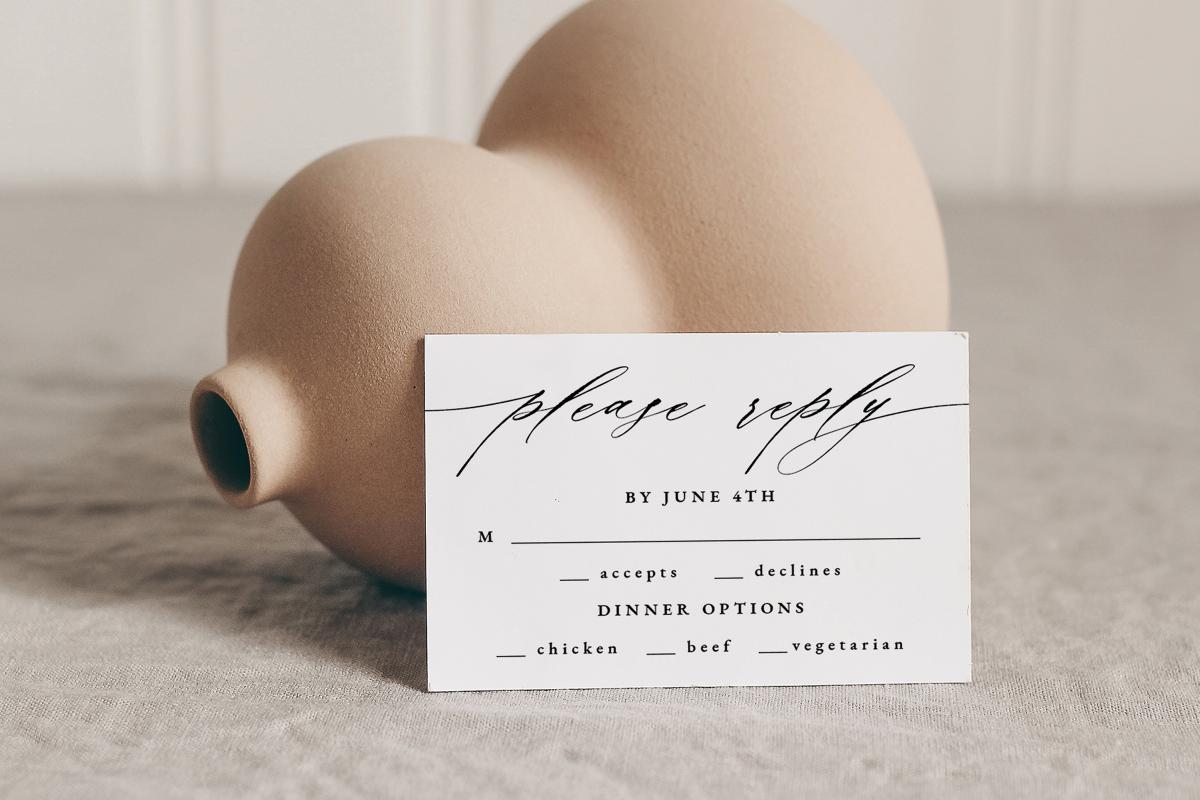
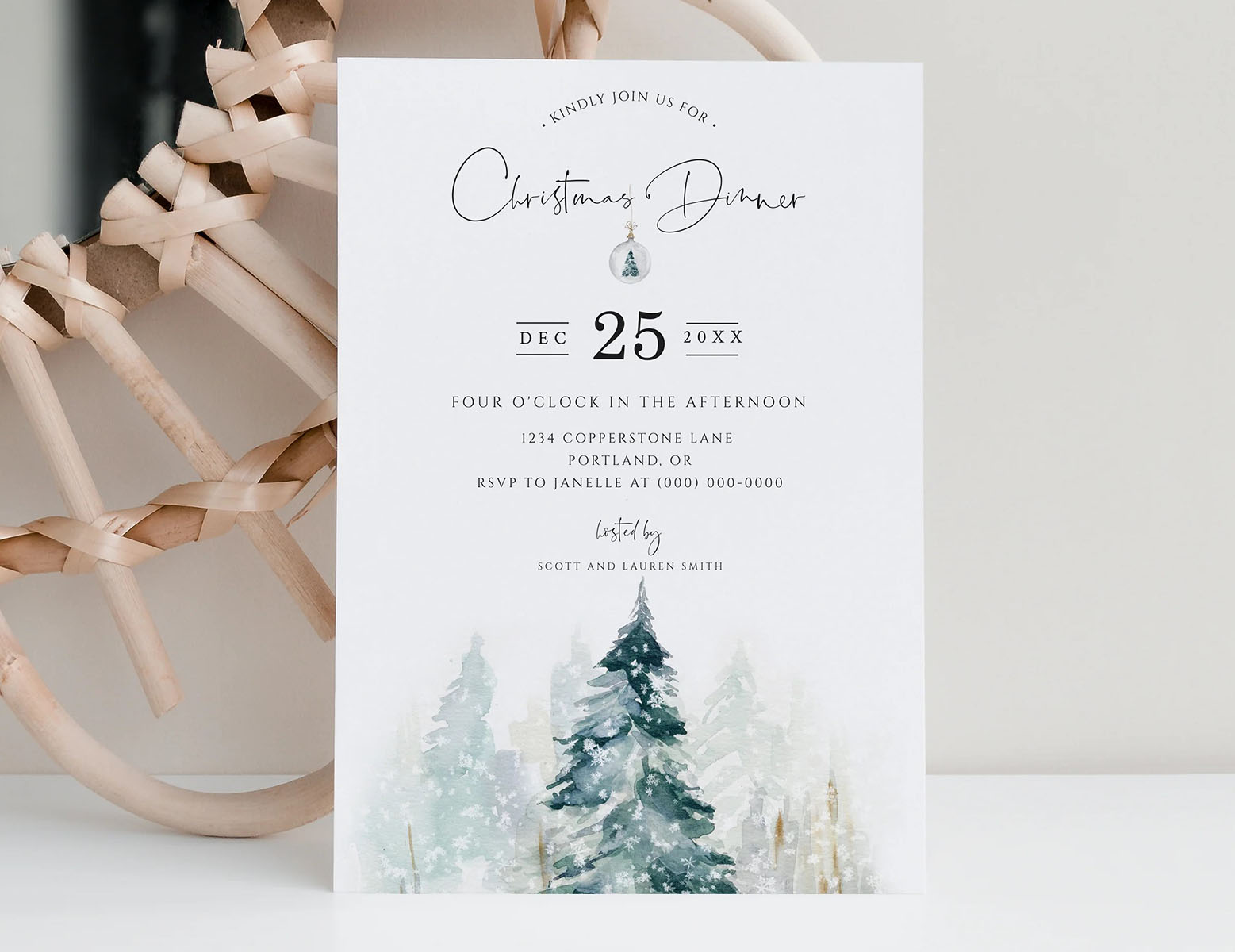
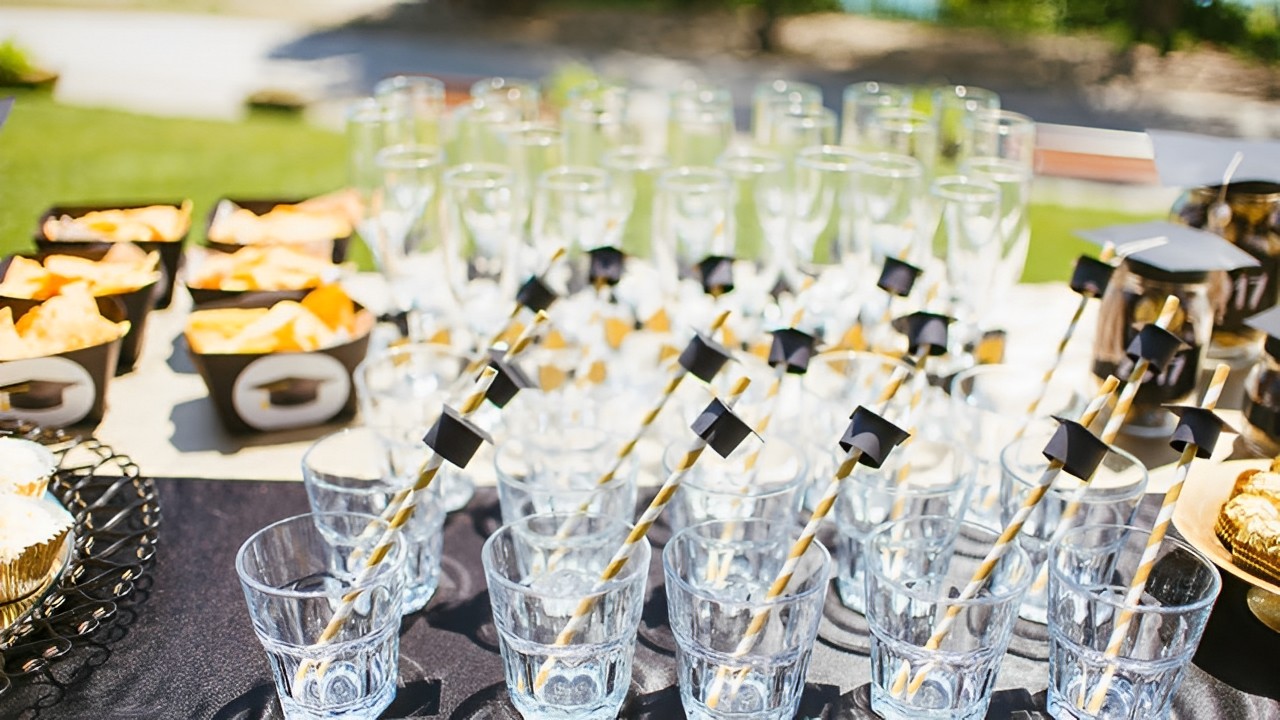
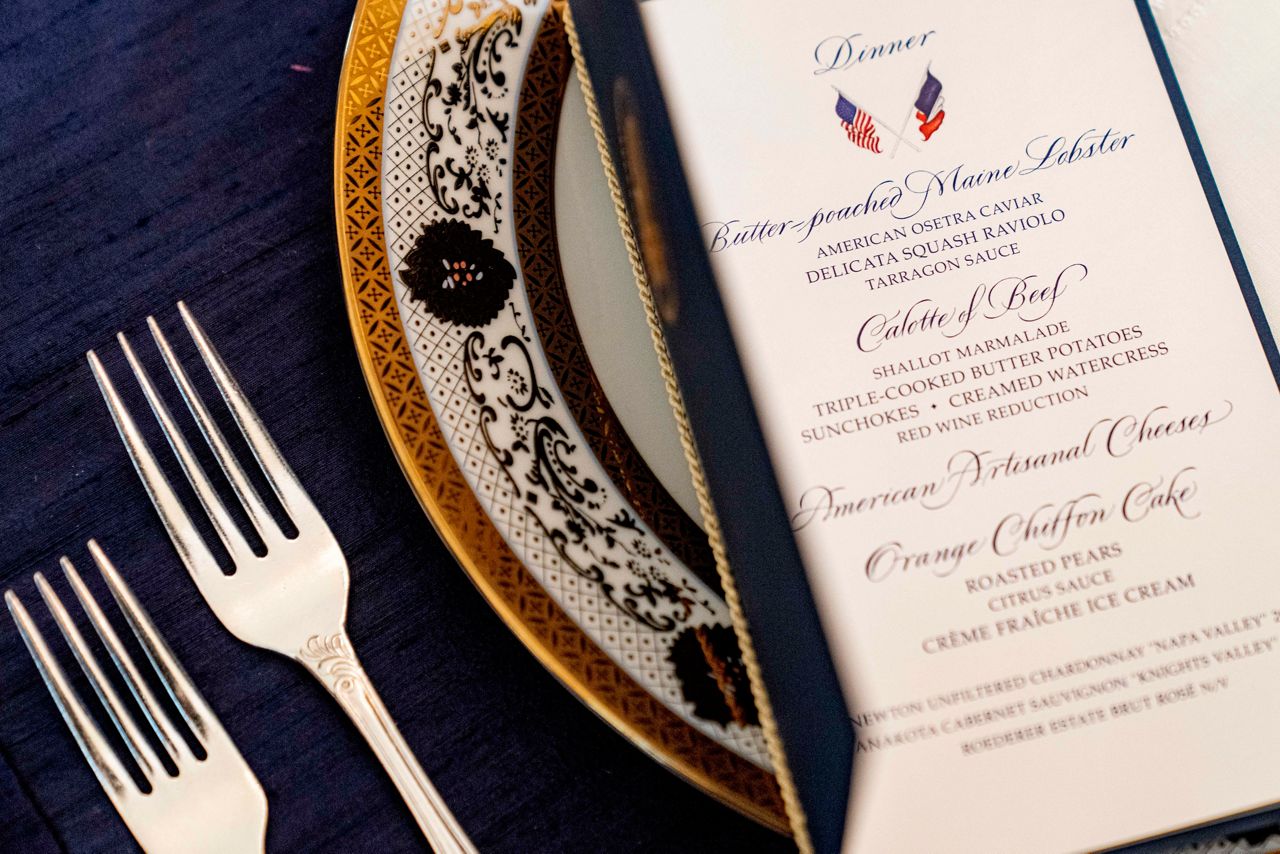





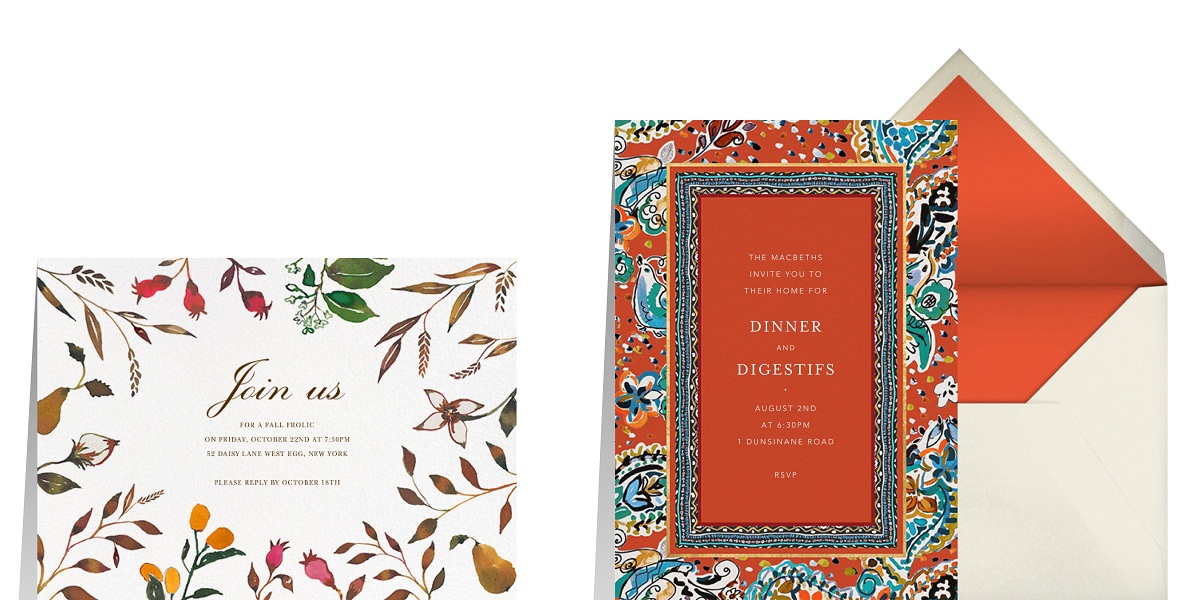

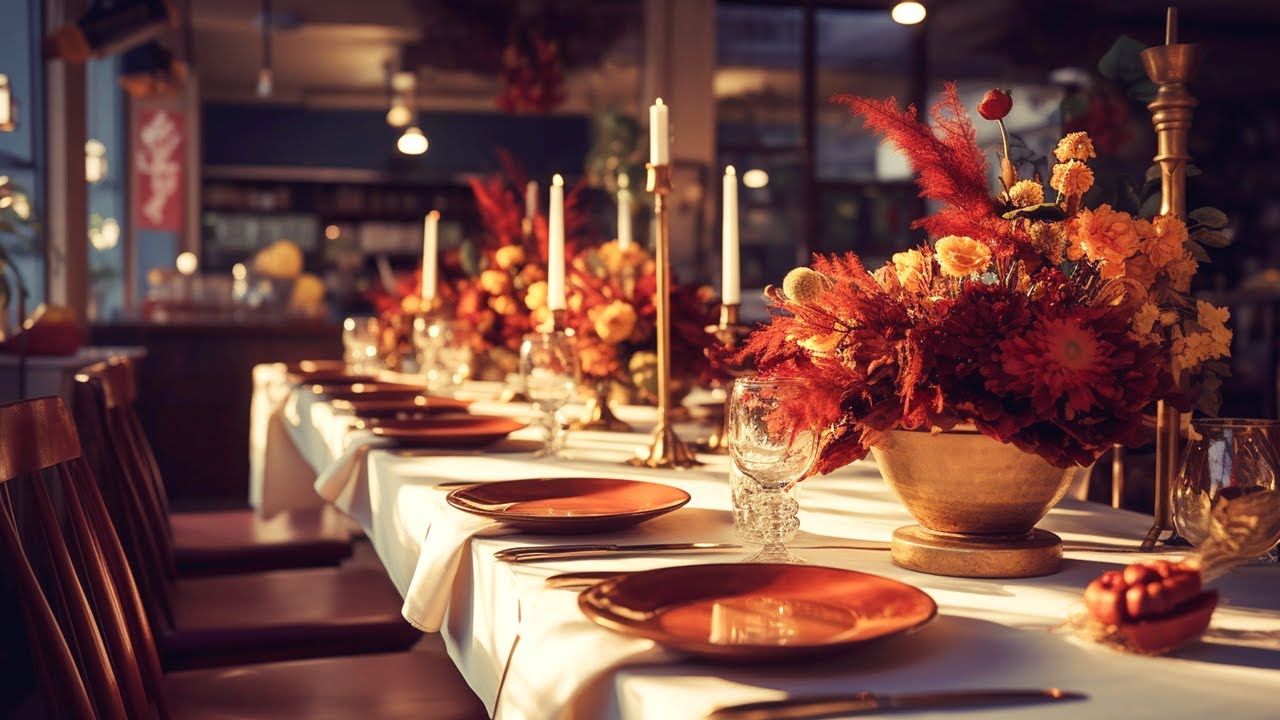
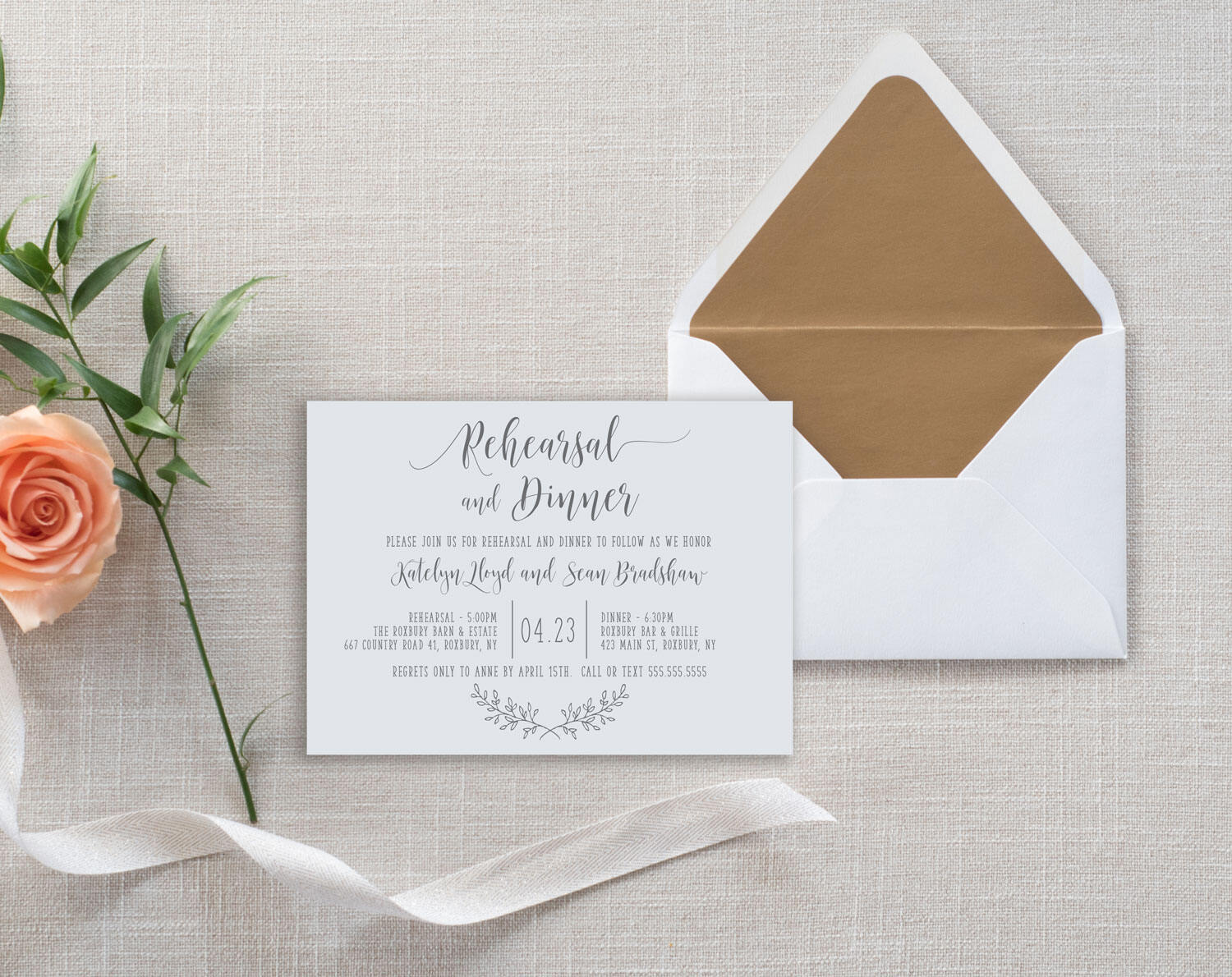

0 thoughts on “How To RSVP To A Dinner Invitation”